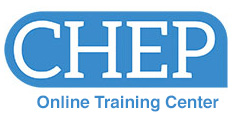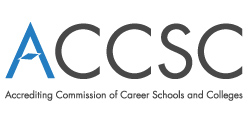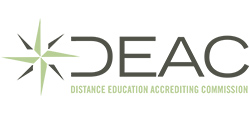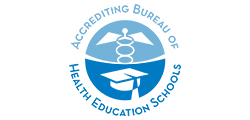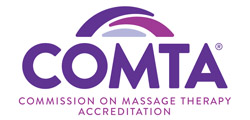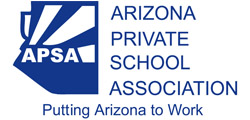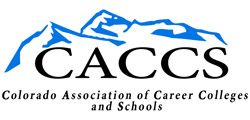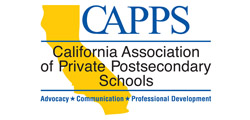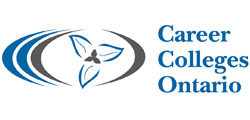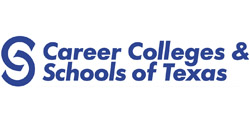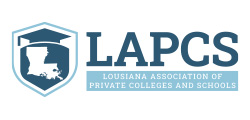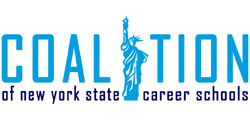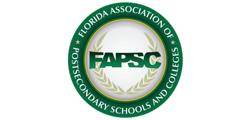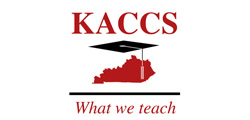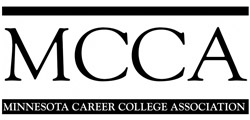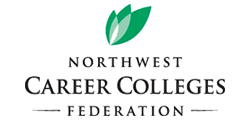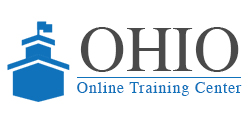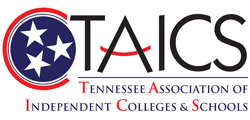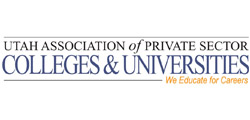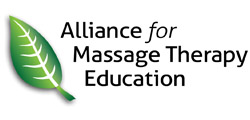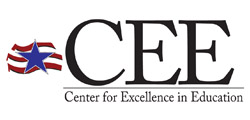Badge Evidence | Completed Courses (4 Hours Each)
FA110Developing an Efficient Financial Aid Office
This course provides a blueprint for running an effective financial aid office in an educational institution. You will learn to optimize the performance of your financial aid office with a minimum of waste, expense, and unnecessary effort. The course covers the cornerstones of an efficient financial aid office: timeliness, accuracy and customer service. You will also be advised of pitfalls to avoid in the realm of Title IV compliance. You will learn the key points to building an effective business office processing procedure. Reports and notifications required by the Department of Education are also explained. In addition, you will be given pointers on preparation for the annual Student Financial Aid (SFA) compliance audit and alerted to the most common triggers for Department of Education Program Reviews.
FA120Default Prevention: A State of Mind
This course offers proven-successful techniques that ultimately prevent student loan delinquencies and defaults. Because there is not one miracle that reduces the chance of student loan defaults, this compilation of ideas and practices collectively greatly reduces those risks by giving ownership of the loan responsibilities to the students who benefit from them. By integrating effective borrower education and interaction from the day your students walk through your front door, your students will embrace the state of mind needed to give them lifetime accountability for their Federal Student Loans obligations.
FA210Application Process: Verification, C-Codes and PJ
This course is designed for the financial aid representative who is familiar with the financial aid process, and the campus manager seeking to learn more. The course provides a detailed review of the FAFSA to ISIR/SAR application process, concentrating especially on the technical aspects of the process beyond timeliness and accuracy. The importance of documenting verification and clearing comment codes will be explored, in addition to your role in using professional judgment.
FA230Financial Aid Management - Compliance without Compromise
With a seemingly endless stream of new laws and regulations, institutions have become burdened with ensuring they are compliant, while continuing to give great customer service to their students and families and all while achieving larger institutional goals. The role of the Financial Aid Office in compliance cannot be underestimated, but the Director of Financial Aid cannot ensure compliance in a vacuum.
This course is designed to examine the fundamentals of law and regulation, and of the enforcement process. More importantly, this course provides tools for School Directors, Chief Financial Officers, Enrollment Managers, and Financial Aid staff to develop and build compliant practices that don't interfere with effective operations, customer service or institutional goals.
FA231Regulatory Compliance - Outside the Financial Aid Office
This course will help participants to interpret the many rules and regulations that are required by educational institutions offering Title IV funding. It will aid in preparing management and faculty in recognizing that compliance is the responsibility of the entire institution and is not just the job of the Financial Aid Office. Course content will also aid the individual in building a "culture of compliance" which will encourage teamwork and secure the cooperation of others on campus.
ML141Finance Essentials
Financial management can be a daunting task. This course covers the essential concepts of finance, budgeting, forecasting, and planning for non-financial managers.
ML142Budgeting Essentials
In this course, you will learn about the budget process, different types of budgets, and common budgeting problems so you can allocate resources wisely to meet your goals.
OP105Developing a Five-year Plan for Your Educational Institution
What will your institution look like in five years? Growth takes change and the commitment of the stakeholders in your organization. A five-year plan is essential for any owner or director of an educational institution, no matter how long they have been in the business. It includes various elements such as your enrollment goals for all programs, plans for new programs, new profit center potential, fees and all financial aid opportunities, enhancement of student services, faculty and staff planning, marketing and development strategies, and planning for physical space to support your expansion goals. Also, development plans are often needed to satisfy licensing and accreditation requirements.
This course covers the essential components and techniques involved in developing a comprehensive five-year plan. We will show you an effective step-by-step planning process that involves the participation of representatives from your institution including staff, instructors, students, graduates, and the employers who hire your graduates. The process encourages participants to share their knowledge and ideas, and everyone who participates in the process ultimately becomes a stakeholder in making the plan work. The course includes planning worksheets that you can download and use to help you develop your institution’s five-year plan.
OP106Developing New Programs: Research and Selection
Educational institutions need to be aware of emerging employment opportunities in new and expanding fields if they are going to continue to attract students. Most licensing and accrediting agencies ask an institution for some form of feasibility study when submitting new program-add applications. The research involved in this step often requires proof of need for the program, number of anticipated job openings, and input from employers. This course outlines ways to collect data to make an effective decision and show regulatory agencies proof of employment opportunities. Step-by-step directions are included to assist institution staff in conducting effective research and preparation of curriculum to meet employer specifications.
OP110Developing Effective Advisory and Governing Boards
Vital advisory and governing boards create additional opportunities to enhance operations within an educational institution. Well-prepared board members engaged in appropriate and timely activities can make a substantial contribution to operational, financial and management success. Creating, managing and maintaining effective advisory and governing boards can be a demanding yet rewarding process. Board members have to be identified, recruited, and trained to be effective and to understand their role as individual contributors and as members of a group of advisors. To gain maximum leverage from a board, members must also remain motivated and retain a concentrated focus on the institution's mission, purpose and goals. This course will provide a blueprint, with accompanying checklists, for establishing and maintaining effective advisory and governing boards in an educational institution.
OP115Hiring the Right Faculty for Your Institution
This course shows you how to hire high-quality instructors and orient them to your institution. The skills also apply to hiring staff. It's easy to hire someone to do a job. But it can be difficult to hire the right person. You want instructors who are top notch. They represent your institution and interact with the most people at your campus and particularly your students. This course starts with how to determine exactly what type of people you need as your instructors. Then it shows you how to recruit and hire them. Once hired, you'll learn how to introduce them to the working environment at your institution. By the time you finish this course, you'll be recruiting, hiring, and orienting quality instructors. You'll see results in improved enrollments, student achievement, retention, and completion.
OP121Managing Online Faculty at a Distance
It is no longer news that predictive learning analytics are changing online classroom instruction. This course teaches current trends in locating, hiring, monitoring and retaining the best professionals that specialize in online instruction. More importantly, this course provides insights for using the new predictive analytic approaches to optimize management of online faculty. Generalized "best practices" are waning in favor of real-time monitoring for individualized qualitative and quantitative analyses. This real-time approach provides significantly increased student success and retention. Also addressed in the course is how to build a strong faculty management team, continuing faculty development recommendations and various business considerations.


